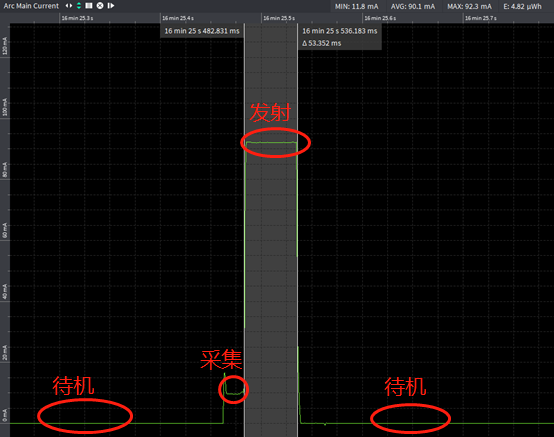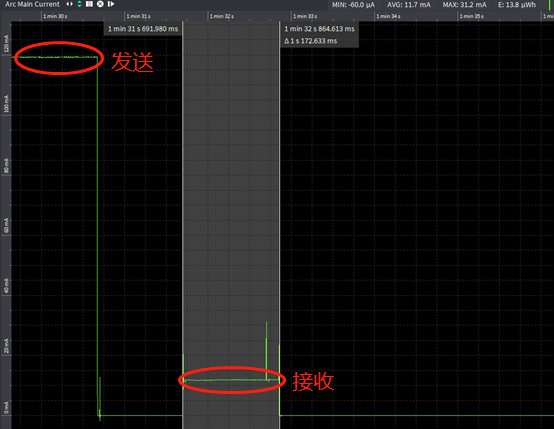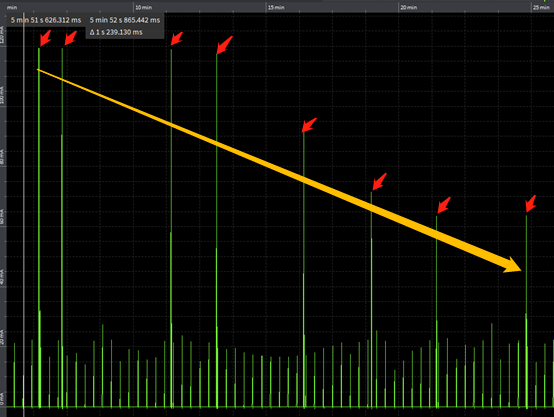LoRa Terminal Low Power Consumption Strategy
by Karanbir Singh Internet Marketing ManagerThe low-power design of LoRa terminals has always been a topic of concern in the industry. At present, the IoT industry generally claims that the battery life of loRa can reach more than 10 years. However, in actual products, the standby time and working mode have a great influence on power consumption, so the difference in standby time is also relatively large. For LoRa products with relatively low frequency of use, the standby time can reach 3-5 years, but for some LoRa products tracked by GPS in real time, the battery may only have a few days of life. Therefore, for the actual Lora terminal product, how to reduce its power consumption, extend the actual standby time as much as possible, in order to reduce the maintenance frequency and thus reduce costs, still need to focus on.
To realize the low power consumption design of the LoRa terminal, it is necessary to understand the current consumption characteristics of the LoRa terminal in different working stages.
The working phases of common LoRa terminals with sensors can be roughly divided into: standby/sleep phase, sensor collection phase, data transmission phase, and data reception phase.
We take the LoRa temperature and humidity sensor composed of RAK4200+SHTC3 as an example to actually experience the power consumption characteristics of the LoRa terminal during the above four working stages.

(figure 1)
Figure 1 is a LoRa temperature and humidity sensor composed of RAK4200+SHTC3 wakes up from the sleep state, collects data, and sends the data to enter the sleep state again when the current changes.

(figure 2)
Figure 2 is the current change of the LoRa temperature and humidity sensor composed of RAK4200+SHTC3 to send data to receive data and enter the sleep state again.
According to Figure 1 and Figure 2, we can see the characteristics of current consumption in different working stages:
Standby/sleep phase
The standby/sleep stage corresponds to the stage when the sensor is not working. In this stage, there is static power consumption of the LoRa terminal, that is, standby/sleep power consumption. The characteristic of the current consumption in the standby/sleep phase is that the current consumption per unit time is small, but the time spent in this state is long. Therefore, reducing the standby current can effectively reduce the power consumption of the LoRa terminal.
RAK4200 series products use ST's low-power MCU, which can reduce the standby current to 4uA when the node does not collect and transmit data. This means that a 2000mAh battery can theoretically make the RAK4200 node that sends data stand by for more than 50 years. (The battery self-depletion is not considered)! It can be seen that when the standby current drops to uA level, the standby current is no longer the main factor affecting the battery life of the LoRa terminal.
In the LoRa terminal of the sensor collection stage, the power consumption of the sensor collection stage is mainly affected by the sensor's own preheating power consumption, working power consumption and time, and MCU working power consumption. In this case, because the operating current of the SHTC3 used is relatively small, the main power consumption in the sensor acquisition phase is the operating power consumption after the MCU wakes up, which is about 10mA and lasts about 20ms.
It can be seen from Fig. 1 and Fig. 2 that the phase of sending data is that the phase with the highest current , that is, the maximum power consumption of the LoRa terminal, is the phase of transmitting data. This phase consumes the most power. In the LoRa terminal product, the maximum emission current can reach more than 120mA , The duration can be more than 2s, and the power consumption per packet is up to 0.3mWh. Also for a 2000mAh battery, this package can only be sent less than 30,000 times.
In the LoRa sensor network during the data reception phase , if the node opens the confirmation frame setting, the receiving window will be opened to receive the confirmation frame 1s after the transmission is completed. After the data is sent, the current waveform changes when the receiving window is opened. As you can see from the second figure above, the current is much smaller in the receiving stage compared to the transmitting, because the confirmation frame is relatively short, the duration will also be relatively short, generally receiving The power consumption in the data phase is about 10% of the power consumption in the data transmission phase.
Therefore, the low-power design of the LoRa terminal can be designed from the following aspects to extend the battery life.
Reduce standby power consumption
Although the standby power consumption is the lowest among the four working stages of the LoRa terminal, the standby period is generally longer than other stages. Therefore, reducing standby power consumption can significantly reduce the power consumption of LoRa terminals.
At this point, RAKwireless (RAK) has completed the low-power design of the bottom layer in the software and hardware of the LoRa terminal product, which can reduce the standby current of the LoRa terminal product to 4uA. Therefore, in theory, the RAK4200 node that sends data can stand by for more than 50 years !
Reduce the power consumption of sending data
Among the four working phases of the LoRa terminal, the phase of sending data consumes the most power per unit time. Under the premise that the standby power consumption has been reduced to a low level (for example, the standby current of RAK4200 is 4uA), the standby power consumption can be ignored at this time, then the main factor affecting the battery life is the consumption when sending data Of current. Therefore, reducing the power consumption of the transmitted data can effectively reduce the power consumption of the LoRa terminal.
To reduce the power consumption of transmitted data, you can start from three aspects.
(1) The number of transmissions can be reduced and the transmission interval can be increased to effectively reduce the power consumption of the LoRa terminal and extend the battery life of the LoRa terminal.
(2) ADR technology can be used.
The related operation of Adaptive Data Rate (ADR) is defined in the LoRaWAN protocol, which can enable the terminal node to select the optimal transmission rate and the lowest output power, that is, when the signal is good, it can automatically reduce the transmission power, thereby reducing power consumption, Extend battery life.
Through the process of RAK4200 network access and ADR dynamic adjustment, we can clearly see that the power consumption of LoRa terminal nodes has dropped significantly.

(image 3)
Figure 3 shows the process of an ADR-enabled node from RAK4200 from network access to normal packet sending. The horizontal axis is time, and the vertical axis is the current consumption of the module. When the module first started to connect to the network, the current when sending the package exceeded 120mA. Starting from the third message, the node gradually reduces its output power, so the current also drops significantly. After the adjustment of 5,6 packets, the current value drops to about 60mA, and the message of this node reaching the gateway can still maintain a high SNR.
If there is no ADR adjustment, a 2000mAh battery can transmit about 40,000 packets. If you use the ADR function, you can transmit about 2.2 million packets, a 55-fold increase! Therefore, the power consumption of the LoRa terminal can be greatly reduced.
(3) If not necessary, you can turn off the confirmation frame function.
When using sensors, choose sensors with low power consumption
Choosing a low-power sensor will reduce the power consumption of the sensor to collect data, thereby reducing the overall power consumption of the LoRa terminal.
In the WisBlock series of products, RAKwireless (RAK) has also selected a series of low-power MEMS sensors to reduce the power consumption of LoRa terminals for customers to choose to use.
In summary, for ordinary users, when using LoRa terminal products to achieve their own purposes, if you want to reduce power consumption, thereby extending battery life and reducing maintenance frequency, then, first, you can choose the lower standby power consumption The development board , secondly, can choose products using ADR technology, and finally, the sensor selects the sensor with low power consumption as much as possible.
Original Post: https://zhuanlan.zhihu.com/p/114344085
Related Post You May Like
Sponsor Ads
Created on Jun 17th 2020 01:22. Viewed 376 times.



